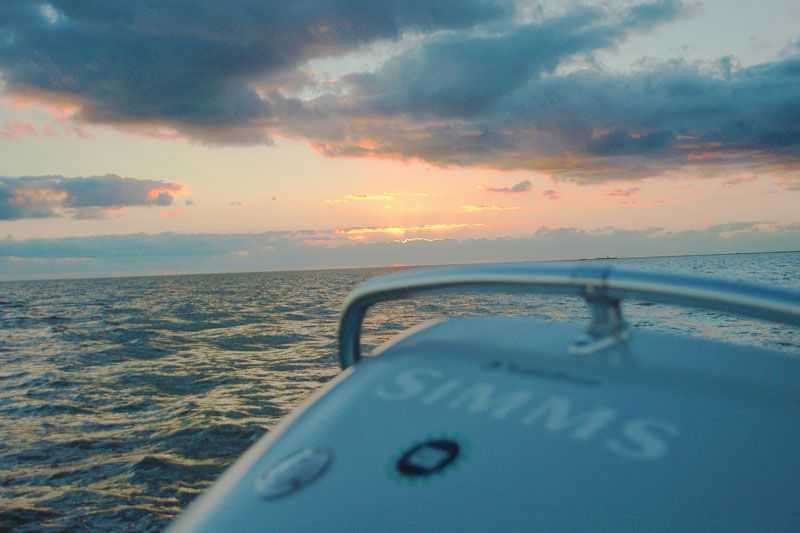
Many who are new to fishing the cooler months will struggle this season, that’s just a fact of winter fishing and not knowing which days to go or which to stay home and watch football. There are items to consider this time of year. Safety on the water comes first and foremost, but after that there are considerations that determine whether you’ll have a successful day on the water during the cooler months.
Weather plays a bigger part now compared to the summer. Late-fall and early winter cold fronts can have significant north winds and dropping temperatures that definitely call safety into question. Don’t jeopardize your safety. Find a weather site that has barometric pressure graphs or maps like Intellicast.com or NOAA. Besides, the fish tend to be more cooperative at least three days following a cold front and high-pressure system. To be specific, this is when the high pressure tends to begin falling. It will be beneficial to be on the water between this time and as the next cold front approaches.
Typically, the barometer will continue to fall up until the passage of the next front. I see a lot of fisherman during the winter fishing clear, bluebird, still, high-pressure days… great days to be on the water, but not great days to for catching. There are ways to catch fish on those days as well, but that’s not what this article is about. I like to see a few low, puffy, clouds in the sky or even perhaps a good cloud cover and an onshore wind prior to a frontal passage. Fishing during that sort of weather will increase one’s chances of catching fish during the winter. High-pressure is bad, dropping or moderate low pressure is good.
Ultra low-pressure systems can also have dangerous weather associated with them, so be careful there as well. Fishing during the passage of a low-pressure systems with high winds can be OK, but doesn’t tend to be epic. The best will be when there is a warming trend for several days with dropping, moderate barometer, and with an approaching cold front coming to the area up to the passage. You can catch fish during the passage of a cold front for several hours, but be sure you’re safe and have a safe protected route back or fish inshore in areas that provide protected navigation during these times. We don’t want any “Perfect Storm” scenarios out there. Be safe.
Finally, tides always play an important part. But remember wind and weather has serious effects on tide movement. A high-pressure system will totally negate an incoming tide, and stiff onshore winds can cause an incoming tide when it’s predicted for outgoing. So know the weather and what the wind and tide predictions are.
Tobin Strickland created TroutSupport.com – Tech support for Speckled Trout and Red Drum fishing. Check them out on the web.
[easy-social-share]